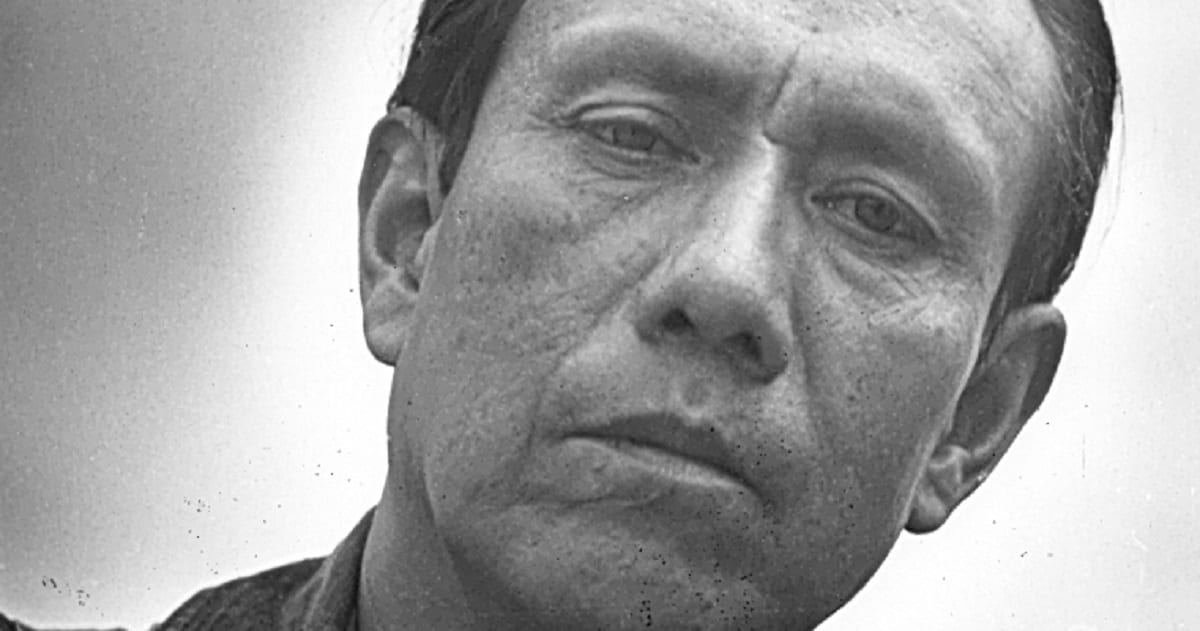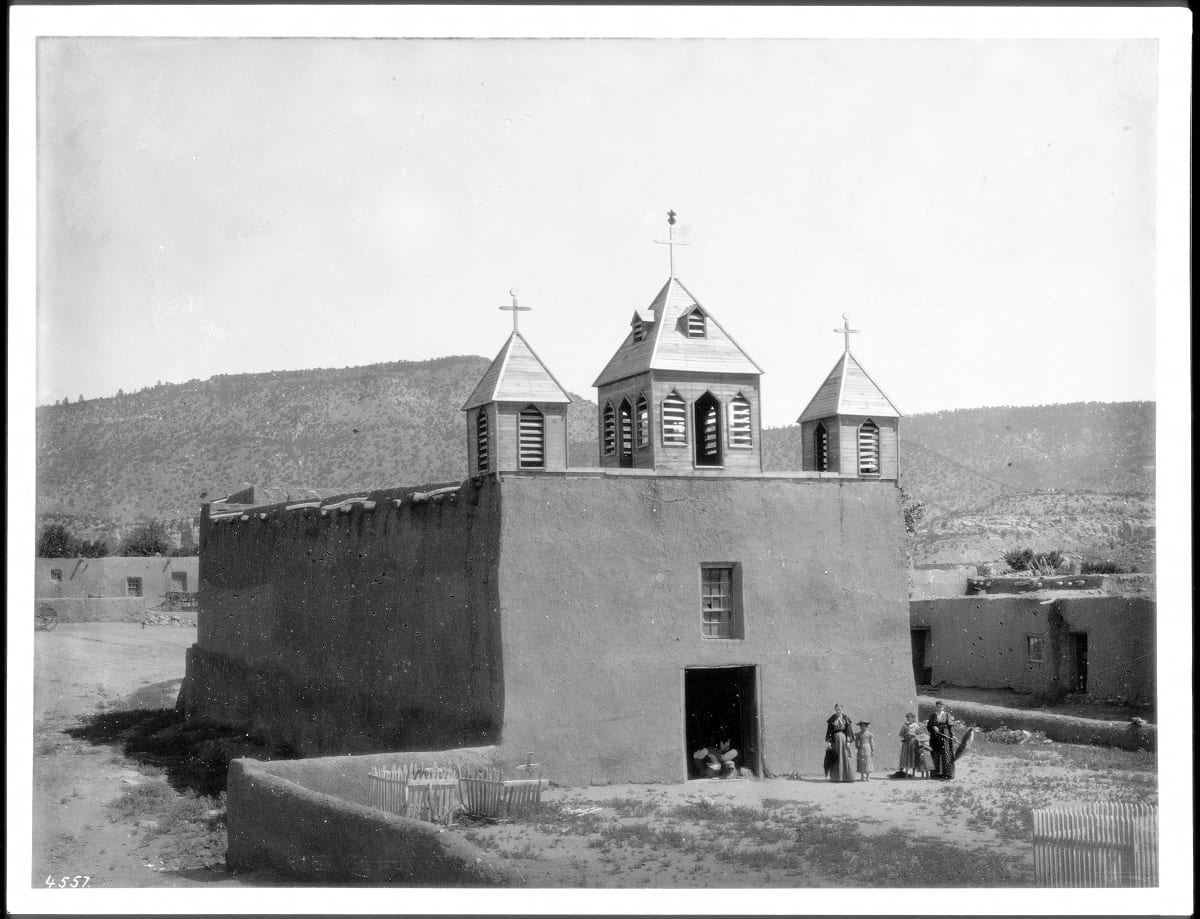Israel is awash in a wave of nostalgia. Hipsters model 60s styles in Tel Aviv. Khaki pants star in Fashion Week. And retro raves attract hundreds of victims of the Static and Ben-El era, who gather to trade stories about the First Gulf War to the strains of Queen songs.
Foreign media notes that nostalgia also pervades this year’s Purim celebrations, with 50s and 60s costumes making a comeback. Two classics are the cowboy costume and that of his eternal rival in the Pan-American war, the Native American.
Alongside the Palmahnikim, IDF soldiers, and cops and robbers that were ubiquitous costumes during the early years of the State of Israel, were the highly popular cowboy and Native American. The young State of Israel aligned itself with the “good guys,” brave cowboys who fought the stubborn, cruel “Indians”.

As we grew, we realized that we’d been had. It wasn’t a fair fight. For 200 years, America was the scene of a genocide in which White settlers destroyed the Native Americans and their unique cultures. The European settlers brought not only progressive weapons, but an array of germs and diseases that annihilated the Native Americans, who lacked immunity to those plagues. Those who did not fall prey to disease or massacre were put in reservations – an American answer to ghettoes.
In order to justify the carnage, Native Americans were marked as savages. But there were other Whites, who were more lenient. One of them was Chief Solomon Bibo.
Solomon Bibo was born in 1853 in the then-Prussian town of Brakel. He was the sixth of 11 siblings. Solomon grew up on stories of his grandfather, Lucas Rosenstein, who left for America in 1812 to avoid the Prussian draft. Rosenstein fell in love with the intoxicating freedom of the early US. But eight years later, Rosenstein was forced to return to Prussia to look for a bride. He was very anxious to return to the US, but when his new wife refused to leave her family they remained in Prussia.
Left with only nostalgia, Bibo’s grandfather hunched over in front of the wood-burning stove telling tales of his glory days in Uncle Sam’s country. He was surrounded by children – his sons, his daughters, and his grandchildren – who thirsted for his stories. Their grandfather’s remark that “In America, a man can do whatever he wants,” was particularly etched in their memories.

Years passed and in 1860, Solomon’s Uncle Josef Rosenstein picked up the gauntlet and crossed the ocean to the land of endless opportunity. Josef belonged to what historians call “the German Age of American Jewry.” These single men had been disappointed in the People’s Spring of 1848. They brought their families to the New Land as soon as they were financially established. The prominent names of Jews in that era include those of the Guggenheim and Levi-Strauss (of denim-fame) families, who first made their living as peddlers.
Josef settled in New Mexico in 1866, and was followed by two of his grandchildren, Simon and Nathan Bibo – Solomon’s older brothers. The two of them settled in Santa Fe, and worked in the commerce company of the Spiegelberg German-Jewish family. After the two brothers gained some business experience, they opened several stores in the area.
In 1869, 16-year old Solomon emigrated to the US to join his two older brothers. After a number of months on the East Coast in which he learned English, he joined his brothers’ concerns in New Mexico. The Bibo Brothers company enjoyed excellent relations with the local Native population. But the youngest brother, Solomon – whom the locals called “Don Solomono” – showed particular interest in their Native American culture.
In December 1882, young Solomon opened a trading post on lands owned by the New Mexican Acoma tribe and quickly became friendly with the tribe members and learned their language. He then fell in love with a Catholic tribeswoman, Juana Valle, the well-connected granddaughter of a former Acoma governor. Marrying out of the tribe was taboo, but the tribal leaders were very fond of Solomon and permitted the union. The couple married in August, 1885. The wedding was not in accordance with Jewish law, but Solomon clung to Jewish tradition and his wife adopted Jewish customs.

Another and far more interesting version of the story maintains that the marriage of Solomon and Juana was arranged to protect the tribe from the Federal government. According to this story, Solomon rented the tribal lands for 30 years one year before they married – to the chagrin of the American Federal government who had intended to seize the land. The government accused Solomon and the tribal leaders of collaborating to produce a “fictitious marriage” to prevent appropriation of the land. Whether this is truth or a malicious spin, Solomon and Juana are known to have lived a full and significant marital life. They were loyal to each other; established a family; and lived happily and well until the ends of their lives.
The declaration that “The Tribe has spoken” came immediately after their wedding, when the much beloved Bibo was appointed governor, an office equivalent to that of a tribal chief. During his term, he opened the tribe’s first modern school and hired its first teacher. Bibo was reappointed three times and – in 1888, three years after his wedding and acquittal in the land trial – the Federal government recognized him as tribal governor. Since then, he has been called “the first Jew to become an Indian chief.”
Years later and still in office, Bibi opposed conservative forces in the tribe who objected to his new approach, particularly in education. When his term ended, he assisted the government in detaining and replacing the acting tribal governor, who supported a violent campaign of some of tribe members against younger members who adopted a progressive path. The ensuing tension and his desire to provide his children with a Jewish education caused Bibo and his family to move to San Francisco in 1898. From there, he continued to operate his New Mexican businesses and invested in major real estate in Northern California’s biggest city. The Great Depression destroyed a significant portion of his business and, in May 1934, Solomon Bibo, the first non-native American Jew to lead a tribe, went to his final reward. It turns out, his grandfather was right. In America, a man can do whatever he wants.